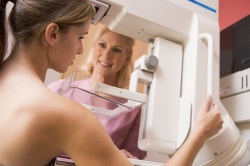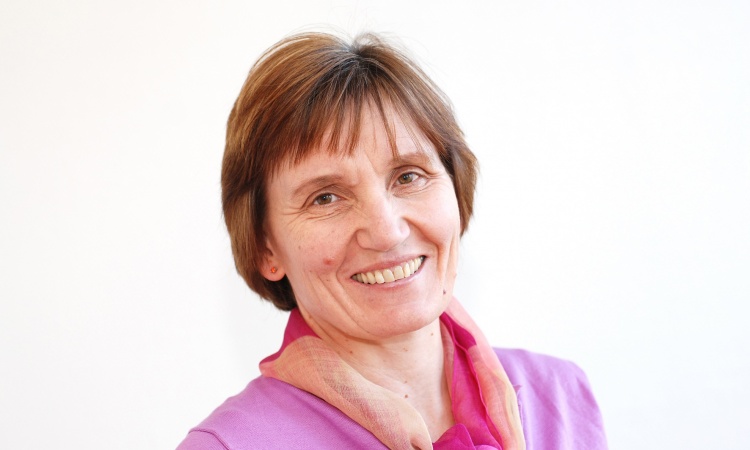High-grade DCIS detection rates increase in older women
The mammography detection rate of an early-stage but potentially invasive type of breast cancer rises with age, according to a large new study from Germany published online in the journal Radiology.

Ductal carcinoma in situ (DCIS), a type of breast cancer confined to the milk ducts, is a common finding on mammography. DCIS treatment, usually in the form of surgery and radiation therapy, is controversial because some types of screening-detected DCIS may never progress to become clinically symptomatic during the patient's remaining lifetime, and treatment can result in significant costs and potential complications for the patient.
DCIS is graded based on how the cancer cells from biopsy samples look under the microscope. While high-grade, intermediate-grade and low-grade DCIS can all develop into invasive cancer if left untreated, high-grade DCIS develops faster and becomes a more aggressive, invasive cancer. Research has shown that the interval between DCIS detection and the occurrence of invasive cancer averages five years in high-grade cases.
For the retrospective study, researchers divided 733,905 women aged 50 to 69 years participating for the first time in a screening program into five-year age groups. The researchers then determined DCIS detection rates for distinguishing high-grade, intermediate-grade and low-grade DCIS.
Of the 733,905 women, 989, or 1.35 percent, had graded DCIS diagnosis, including 419 with high-grade DCIS, 388 with intermediate-grade DCIS and 182 with low-grade DCIS.
Total DCIS detection rates increased with age, mostly due to a rise of high- and intermediate-grade DCIS.
"The detection rate of high-grade DCIS in our collective showed a statistically significant increase with age, with a maximum rate at the oldest assessed age group of 65 to 69 years," said the study's lead author, Stefanie Weigel, M.D., from the University Hospital Muenster in Muenster, Germany.
The findings underscore the need for more research on the effectiveness of standard DCIS therapy in women older than age 60, a group for which there are scant data, according to Dr. Weigel. The possibility of DCIS-related overdiagnosis must be balanced against the robust evidence that high-grade DCIS is more likely to recur and to progress to invasive carcinoma, she said.
"Adequate therapy of non-symptomatic high-grade DCIS detected at screening needs further evaluation, as there is the chance to prevent aggressive invasive breast cancer, which could be life-threatening even in older age groups," Weigel said. "In terms of overdiagnosis and overtreatment, there is need for more detailed prognostic characterization of DCIS lesions and weighting them in the context of age."
The results also provide more information to consider in the debate over screening in older women. The American Cancer Society advises women to get annual screening for as long as they are healthy, while the U.S. Preventive Services Task Force (USPSTF) recommends women stop annual screening at age 74. The USPSTF based its decision on a lack of evidence to assess the benefits and harms of screening mammography in women ages 75 and older.
"The discussion about upper age limits and minimal intervals in mammography screening should be focused on effectiveness of detection of invasive cancers," Weigel said.
Source: Radiological Society of North America
27.10.2015











